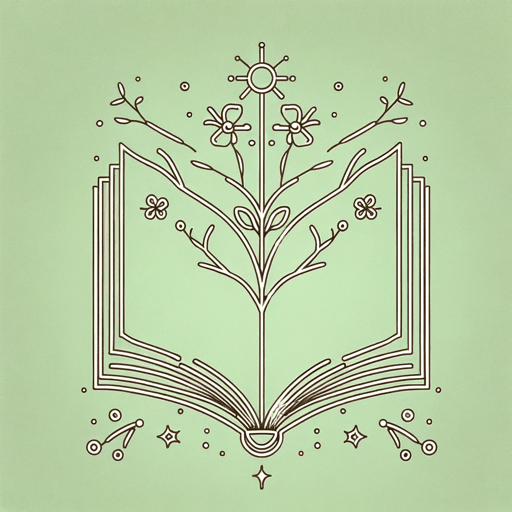91 pages • 3 hours read
bell hooksTeaching to Transgress: Education as the Practice of Freedom
Nonfiction | Book | Adult | Published in 1994A modern alternative to SparkNotes and CliffsNotes, SuperSummary offers high-quality Study Guides with detailed chapter summaries and analysis of major themes, characters, and more. For select classroom titles, we also provide Teaching Guides with discussion and quiz questions to prompt student engagement.
Introduction-Chapter 5Chapter Summaries & Analyses
Introduction Summary: “Teaching to Transgress”
In her introduction to Teaching to Transgress, bell hooks opens with her experience as a student. As a child, she attended black segregated schools. Those classrooms were liberating places of joy. Loving black women taught hooks and made a point to know their students. In addition to being a loving, safe place for learning, the classroom was also a place to push boundaries, as teachers encouraged students to question indoctrinated beliefs. These black women teachers were to have a profound influence on hooks’ later thinking of educational practice.
Her experience of learning radically changed with the desegregation practices that followed the Supreme Court’s Brown vs Board of Education ruling of 1954, which made the practice of segregation illegal. hooks was bussed to desegregated white schools with mainly white teachers. The racist attitudes of many of the teachers and students made the classroom no longer a place of learning and joy but instead a confrontational space where she had to counter the racist stereotypes existing in the classroom.
When she attended Stanford University as an undergraduate, she was shocked to see that the professors had no joy in teaching. She was also surprised by the fact that most professors had trouble communicating and ran their classrooms through an imbalance of power: “they often used the classroom to enact rituals of control that were about domination and the unjust exercise of power” (5).
Related Titles
By bell hooks

Ain't I A Woman: Black Women and Feminism
bell hooks

All about Love: Love Song to the Nation Book 1
bell hooks

Feminism Is for Everybody: Passionate Politics
bell hooks

Feminist Theory: From Margin to Center
bell hooks

Salvation: Black People And Love
bell hooks

Teaching Critical Thinking: Practical Wisdom
bell hooks

The Will to Change: Men, Masculinity, and Love
bell hooks

